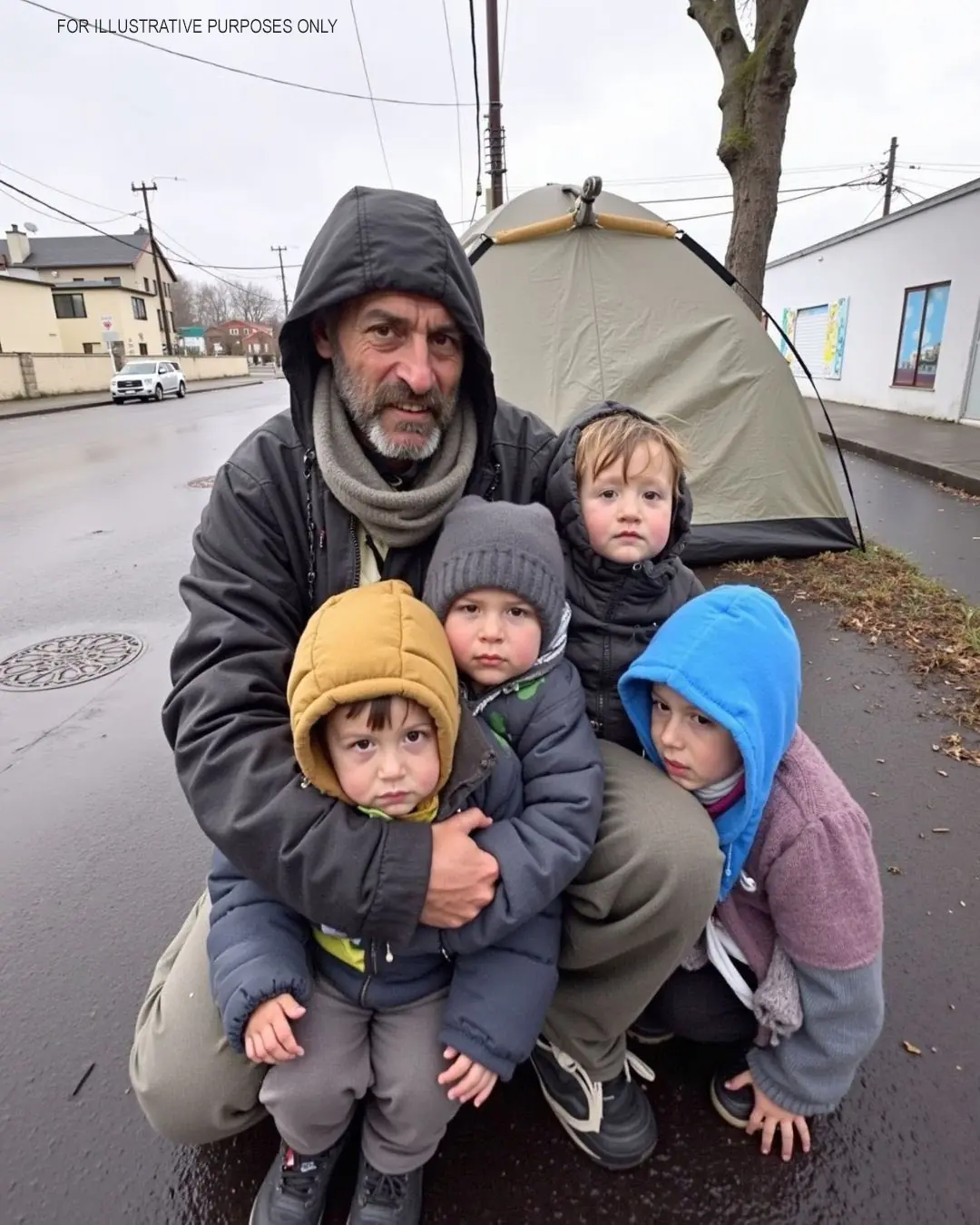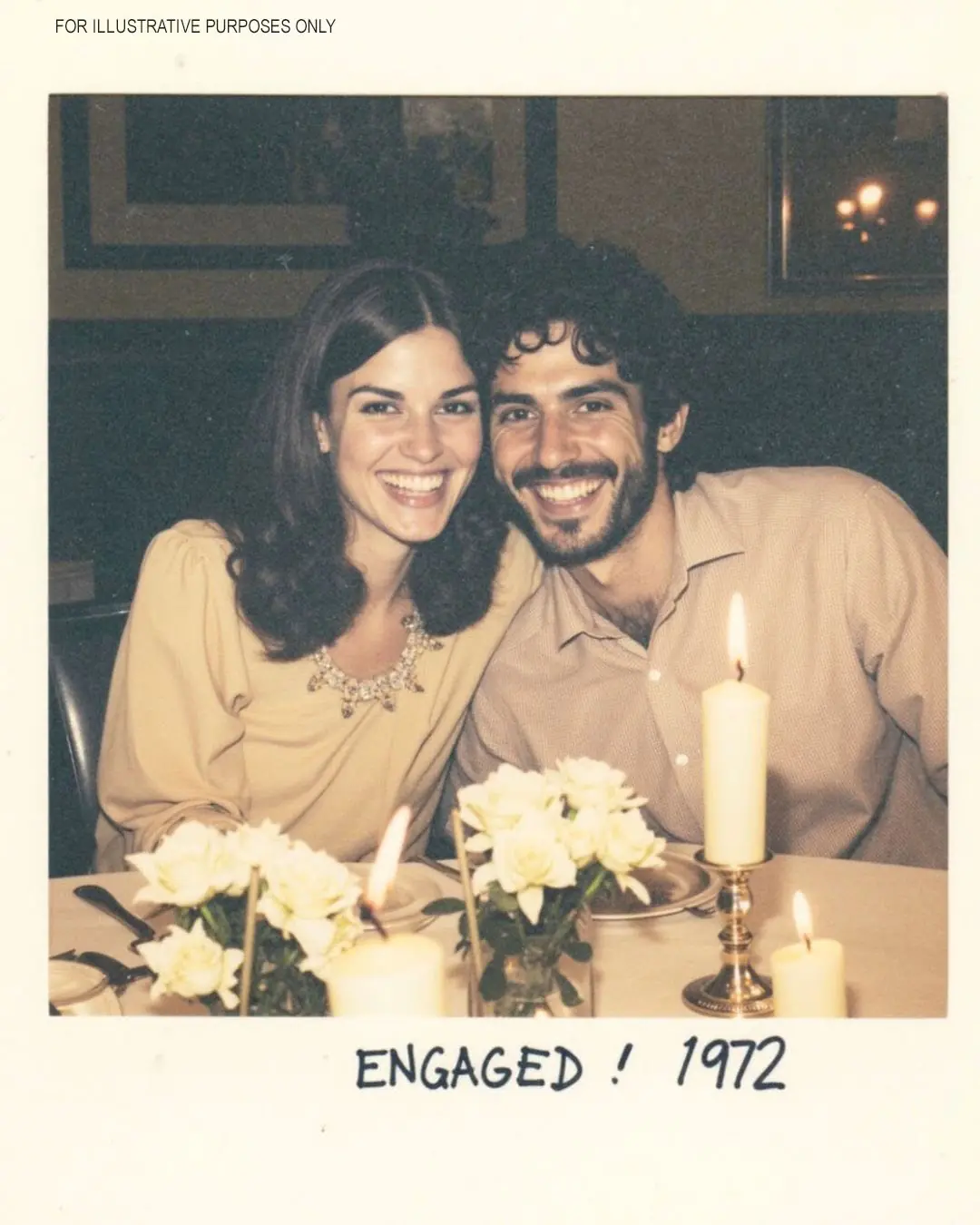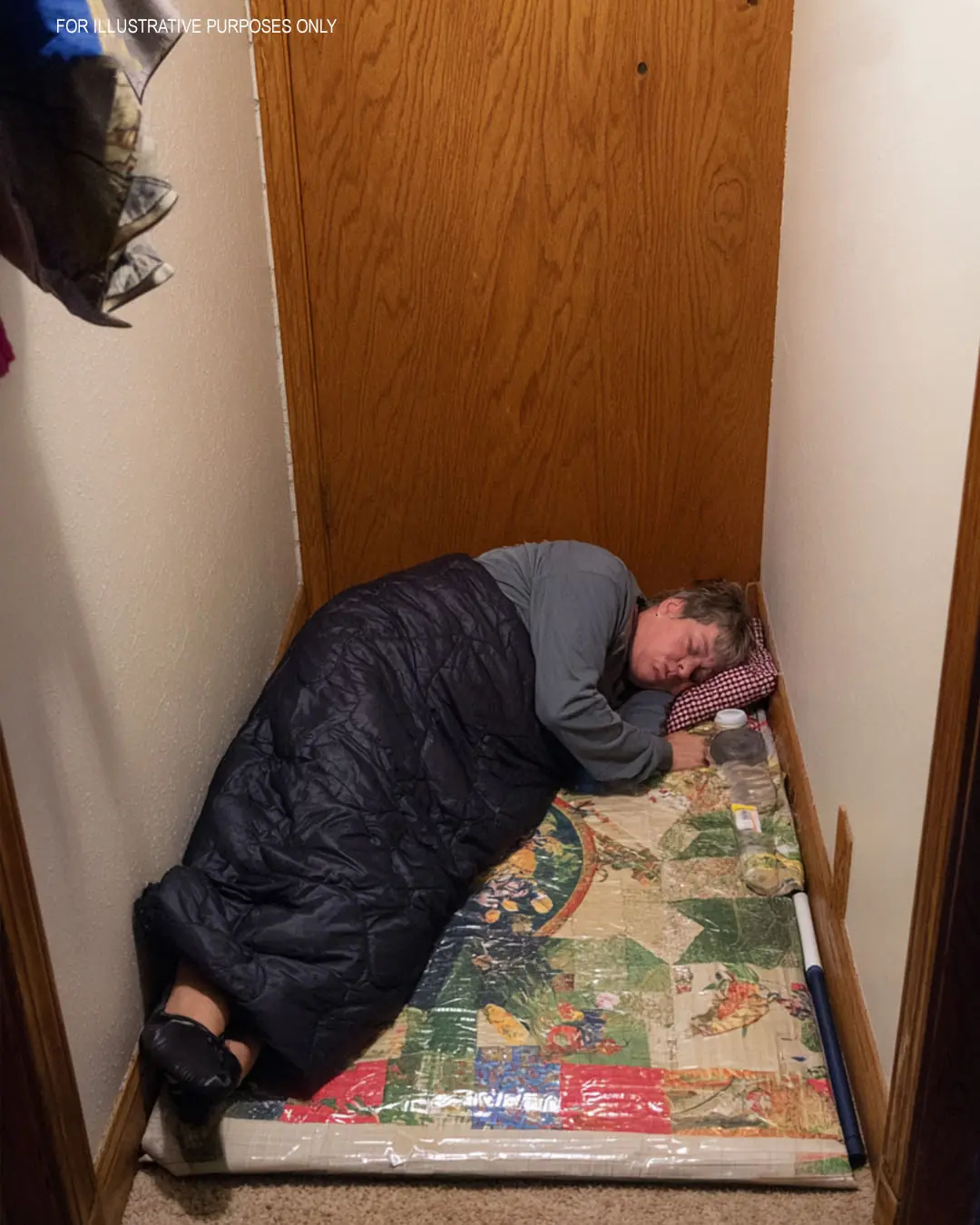
Man Kicked Out of Dubai on £3,000 Holiday Over His Face Tattoos
For many travelers, Dubai represents the pinnacle of modern luxury, a glittering oasis of skyscrapers, supercars, and spotless beaches. But beneath its polished exterior lies a delicate interplay of culture, image, and control that can catch even seasoned tourists off guard.
So what happens when personal expression collides with invisible cultural lines?
That’s the question 34-year-old Jordan Howman is now grappling with after he was detained, denied entry, and deported all before stepping foot outside Dubai International Airport. His alleged offense? Tattoos. Not any tattoos, but the kind that cover nearly every inch of his face.
Howman’s £3,000 trip with his fiancée and teenage daughter was supposed to be a return to what he called his “favorite country in the world.” Instead, it ended with confusion, humiliation, and an emotional separation from his family raising urgent questions about appearance-based profiling, cultural sensitivity, and the risks tourists might not realize they’re taking.
What Happened to Jordan Howman
Jordan Howman arrived in Dubai on June 11, expecting a luxurious escape with his fiancée, Theresa, and his 16-year-old daughter, Kaic. Having previously visited the United Arab Emirates twice without issue, he anticipated another smooth entry into a country he had grown to love. But this time, things took a turn he hadn’t imagined.
Shortly after stepping off his Emirates flight at Dubai International Airport, Jordan used the automated e-gates to scan his passport. Before he could proceed to baggage claim, he was pulled aside by airport personnel. A staff member questioned whether his passport had been stamped despite the electronic system not requiring a physical stamp and then, according to Howman, abruptly took the passport from his hand.

What followed was hours of confusion and anxiety. Jordan was taken to a waiting room and held for over four hours without clear explanation. Meanwhile, his fiancée and daughter had already made their way to the five-star Anantara hotel, unaware of the unfolding ordeal. When Theresa attempted to return to the airport by taxi to see him, officials allegedly refused to let her through, and she had no choice but to return to the hotel £250 lighter and deeply shaken.
Eventually, Jordan was transferred to the immigration office, where, he claims, officials made it clear that the reason for his denial was his appearance. “You’re not coming in because of your face tattoos you’re not coming in because of the way you look,” he was reportedly told by a female officer. A more senior official confirmed the decision, and without any formal charge or legal explanation, he was ordered to leave the country immediately.
By 2:30 p.m. approximately six hours after landing Jordan was placed on a return flight to Manchester. His passport was returned only after he touched down back in the UK. For the remainder of the trip, he was separated from his daughter and partner, able to connect only through brief FaceTime calls.
“It made me feel like absolute rubbish,” he later said. “I’ve been treated like a criminal just for having tattoos.”
Facial Tattoos and Cultural Boundaries in the UAE
While there is no written law in the United Arab Emirates explicitly banning tattoos facial or otherwise the reality on the ground is shaped by deeply ingrained cultural and religious values that can influence decisions at the discretion of authorities. For tourists like Jordan Howman, this can lead to situations where behavior or appearance deemed acceptable at home may be quietly frowned upon or in some cases, outright rejected.
In Islamic tradition, permanent tattoos are generally considered haram, or religiously forbidden. Many scholars within Islam interpret tattoos as a form of altering God’s creation, and therefore view them as a form of body mutilation. Though these views don’t carry the weight of criminal law for tourists, they contribute to an undercurrent of social conservatism that informs public policy, particularly at immigration checkpoints.
This tension between personal identity and cultural expectations is amplified when tattoos are placed on highly visible parts of the body, especially the face. In the West, face tattoos may still be unconventional, but they’re often accepted as a form of personal expression. In the UAE, however, facial ink can carry very different connotations linked less with artistry and more with criminality, gang affiliation, or defiance of religious norms.
Dubai, while outwardly modern and cosmopolitan, is governed by a conservative legal framework underpinned by Islamic values. That framework allows for broad discretion by immigration officials, especially when it comes to maintaining “public order” or the country’s image. What may seem like discrimination to one person can be interpreted as a subjective security or cultural judgment by authorities.
This puts travelers like Howman in a complicated position. Although his tattoos words like “Blessed,” “Crazy Life,” and “Family,” along with elaborate geometric shapes don’t express hate speech or anything overtly offensive, their prominence may have been enough to raise concern in a country where appearance is often closely tied to social perception.
Discrimination or Discretion? Legal Grey Areas for Travelers

Jordan Howman’s experience sits uncomfortably in the gray space between personal rights and sovereign discretion, a space where travelers often find themselves without protection. While he wasn’t arrested, charged, or accused of any wrongdoing under UAE law, his appearance alone seemed sufficient to deny him entry. The question, then, is whether this was a case of discrimination or simply an example of a country exercising its right to control its borders.
Under international law, countries have broad autonomy to refuse entry to foreign nationals without explanation. The UAE, like many nations, does not owe non-citizens the same procedural rights as it does its own residents. That means immigration officers can and often do make snap judgments based on subjective criteria, including appearance, behavior, or perceived alignment with cultural values.
But what makes cases like Howman’s especially thorny is the absence of transparency. There is no official blacklist for face tattoos, no posted signage at the airport, and no mention of appearance-based entry restrictions in tourist guidance materials. This opacity makes it virtually impossible for travelers to anticipate what might trigger a denial, and even harder to challenge the decision once it’s made.
Legal experts note that while border control decisions fall within a nation’s sovereign rights, they also open the door to implicit bias. “Just because something is legal doesn’t make it fair,” says Dr. Fiona de Londras, Professor of Global Legal Studies at the University of Birmingham. “Immigration discretion is often exercised without accountability, and that’s where real questions of equity arise.”
For Howman, the lack of a clear explanation and the fact that he had entered the UAE twice before without issue only intensified his sense of being profiled. The incident wasn’t tied to any criminal record or behavior. It was, in his words, “because of the way I look.”
Global Travel and Personal Expression

In an era that celebrates individuality and self-expression, global travel still has its limits especially when it comes to how people look. For those with body modifications like facial tattoos, piercings, or extreme hairstyles, the freedom to express personal identity doesn’t always extend across international borders. Jordan Howman’s experience in Dubai is just one high-profile reminder of that divide.
Facial tattoos, in particular, often occupy an uneasy space in the public eye. In Western societies, they’ve gained mainstream visibility associated with subcultures, artistry, or statements of resilience. But elsewhere, they can trigger stereotypes linked to criminality, defiance, or social deviance. As a result, some travelers find themselves treated not as tourists but as perceived threats, judged before a word is spoken.

The friction isn’t unique to the UAE. In Japan, tattooed individuals are frequently barred from public baths and gyms due to long-standing associations with organized crime. In parts of Southeast Asia and the Middle East, visible tattoos that reference religion or politics can lead to interrogation or worse. Even in countries with no official bans, travelers have reported extra scrutiny at airports or denied entry into venues based solely on appearance.
For many, this presents a difficult trade-off. Do you hide part of your identity to avoid judgment? Or do you risk conflict in spaces that might not welcome your self-expression?
The emotional toll of these encounters can be profound. For Howman, being separated from his family and sent home in shame left him feeling humiliated and unwanted. “It’s just heartbreaking,” he said. “I’ve been treated like a criminal just for having tattoos.”
The broader issue lies in a world where mobility is easier than ever—but not equally accessible to everyone. When aesthetic choices become grounds for suspicion, personal freedom collides with invisible social codes that few travelers are prepared for.
The Real Cost of Being Yourself Abroad

Jordan Howman’s story is more than a one-off incident at an airport it reflects a larger tension between global movement and cultural boundaries, between self-expression and silent judgment. His experience exposes how easily personal appearance, even when lawful and non-threatening, can become a liability depending on the gate you’re trying to pass through.
For travelers, it’s a reminder that while a passport might grant access on paper, the reality at borders is often shaped by unwritten rules, cultural expectations, and individual discretion. In an ideal world, personal identity wouldn’t restrict one’s freedom to explore it. But until that world exists, travelers with visible body modifications like tattoos may need to weigh self-expression against the often-unspoken norms of their destinations.
That doesn’t mean people should suppress who they are to fit in. But it does mean approaching international travel with awareness. Cultural sensitivity is a two-way street: just as countries must wrestle with how they treat diversity, travelers, too, must understand the spaces they’re entering even when those spaces don’t mirror their own values.
As global citizens, the challenge ahead is clear: to keep opening borders without closing minds.
News in the same category


We are receiving strange radio signals from deep beneath the Antarctic ice. No one knows why.

Healing Power And Important Safety Tips Of Castor Leaves

The hidden ‘lid’ that’s stopping Yellowstone from exploding has been discovered

This Image Has People Perplexed. Can You Solve It?

Our Planet Was Once a Giant Water World, Researchers Say

Scientists Create Usable Hydrogen Fuel Using Only Water and Sunlight

AI is Finally Learning to Translate Cat Meows Into Human Speech. Here Are the Tools to Try

What causes the green ring around hard-boiled eggs?

Scientists Say More Animals Are Conscious Than We Ever Imagined—Even Insects

5 foods you should never keep overnight

63 Earths Can Fit Comfortably Inside Uranus

Scientists Develop Eco-Friendly Concrete Alternative From Sugarcane Waste, Called Sugarcrete

Mom Tells Boy He Can Pick Any Animal At Shelter. He Picked This Eldery, Overweight And Shy Cat

A New Study Suggests We Might Be Sitting Inside a Huge Cosmic Void and That Could Solve One of the Biggest Puzzles in Cosmology

What Your Ankle Bracelet Really Says About You — It’s More Than Just Jewelry

Scientists Turn Coffee Waste Into Bricks—And They’re Twice as Strong as Standard

The Amount of Electricity Now Being Generated From Solar Is Unbelievable

Scientists Turn Coffee Waste Into Bricks—And They’re Twice as Strong as Standard
News Post

Lip Reader Reveals Shocking Words CEO Said To Woman On Coldplay Kiss Cam

3 Incredible Airplane Stories That Will Leave You Speechless
Discover three shocking and heartwarming true stories that prove anything can happen when you’re 30,000 feet in the air. From conmen to surprising proposals, these tales will leave you in awe.

I Didn't Tell My Husband's Family I Speak Their Language, and It Helped Me Uncover a Sh0cking Secret About My Child
What happens when secrets are buried in a marriage? Discover how a simple misunderstanding and language barrier uncovered shocking truths. Read the story of betrayal, love, and trust in this emotional tale.

“I’m Done Paying!” — The Day She Finally Stood Up to Her Husband’s Family Li3s
Alina, tired of being the financial lifeline for Sergey and his mother, decides it’s time to put herself first. After uncovering the truth about their living situation, she confronts Sergey, forcing him to face the consequences of his neglect. What foll

She Was Paying Rent for Two Years — Until a Stranger in the Elevator Said One Sentence That Changed Everything
For two years, she thought she was paying rent — until a neighbor revealed the apartment belonged to her husband’s mother. Anna quietly uncovered the truth behind the monthly payments, and when the facts were undeniable, she chose to walk away — wi

A little girl shares her lunch with a hungry classmate — years later he shows up at her wedding, and who would have thought
In the noisy cafeteria of an elementary school, a little girl named Lilia noticed a lonely boy with an empty tray. She shared her lunch, expecting nothing in return. Years later, as she stood at the altar in her wedding dress, that same boy—now a succes

Homeless Dad of Four Gives His Last $2 to a Stranger—Wakes Up to a Life-Changing Surprise!
When Brandon, a homeless father of four, gave his last $2 to help an elderly man buy a bottle of water, he had no idea that simple gesture would turn his life upside down. The next day, he inherited a massive company and a lavish estate—only to find him

After the Divorce, My Dad Always Chose His New Family's Kids—But He Didn't Expect This at My Graduation Party
They say family is everything, but sometimes, it’s the family that hurts you most. My name is Sharon, and I’ll never forget the day my father’s favoritism towards his new family crossed the line—only to learn the hard way that actions have consequ

"She Ignored His Letters for 53 Years, But When She Finally Visited Him, She Found a Life Sh@ttered"
They say your first love never fades, but for Bessie Walsh, it wasn’t just her first love that she’d never forgotten—it was the unresolved past that had stayed with her for over five decades.

"My Sister-in-Law Made My Mom Sleep on the Floor During a Family Trip—Here’s What Happened Next"
They say family is everything. But sometimes, family can hurt you in ways you’d never expect. My name is Sharon, and I’m about to tell you how my sister-in-law turned what should’ve been a beautiful family trip into the most humiliating experience f

My Husband and His Mother Tried to Take Our Apartment to His Sister — But My Mom's Response Shut Them Down for Good
When a young wife’s husband and mother-in-law suggested giving away her apartment to his sister, her mother’s calm but powerful response stunned the entire family. A story of betrayal, boundaries, and quiet strength.

10 Habits That Harm Your Heart That You Probably Didn’t Know About

15 Common Cancer Symptoms You Shouldn’t Ignore

The Anti-Cancer Diet: Evidence-Based Cancer-Fighting Foods for Prevention

If Facebook Is Not Spying on Us, Why Do We Get Ads for Things We Speak About?

We are receiving strange radio signals from deep beneath the Antarctic ice. No one knows why.

Healing Power And Important Safety Tips Of Castor Leaves

The hidden ‘lid’ that’s stopping Yellowstone from exploding has been discovered
